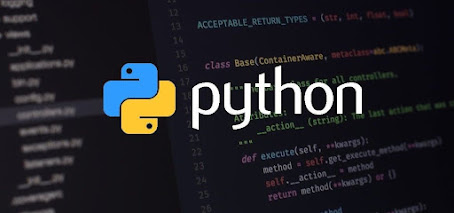Python is a high-level, interpreted programming language that was first released in 1991. It was created by Guido van Rossum, a Dutch programmer who wanted to create a language that was easy to learn and read, yet powerful enough to handle complex tasks. The name "Python" was chosen in honor of the British comedy group Monty Python, whose humor van Rossum had enjoyed while growing up.
Over the years, Python has evolved to become a much more powerful and versatile language due to the development of a large and active community of developers who contribute to the language and its ecosystem, as well as the development of frameworks and libraries that build on top of the language. Python has also been widely used in various industries and fields, such as data science and machine learning, scientific computing, financial analysis, and web development.
Python has evolved in recent years, with the release of Python 3 in 2008. Python 3 introduced many new features and improvements over Python 2, including better Unicode support, improved syntax, and better security features. One of the most significant developments in Python's recent history has been the rise of data science and machine learning. Python's simplicity and ease of use have made it a popular language for data analysis, and its rich ecosystem of libraries and frameworks has made it a powerful tool for machine learning.
Python has also become a popular language for web development, with frameworks such as Django and Flask providing developers with a set of tools and abstractions for building web applications quickly and easily. Python is one of the most popular programming languages in the world, and its future looks bright as it continues to evolve and be adopted in new and exciting ways.
Thanks for your reading.





0 Comments